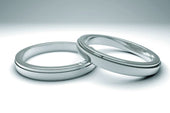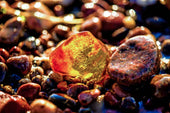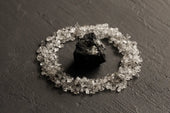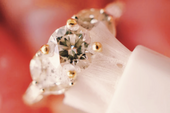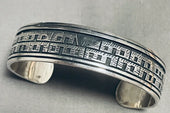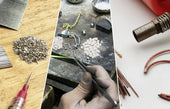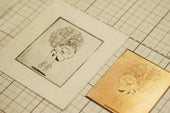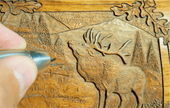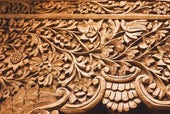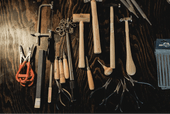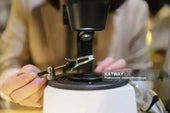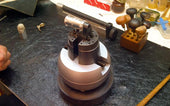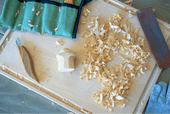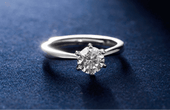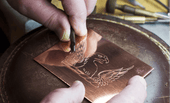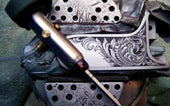Different gemstone faceting techniques and reasons
Gemstones range from dull when first mined to sparkling when designed, cut and polished. Each gemstone with different characteristics requires a different technique.
Gemstones come in four basic cuts and facets: polished, faceted, faceted and carved, each with a different design.
1.Polishing with shapes
The processing of gemstones has a long history, dating back to the Paleolithic era. In the early days, because of the processing technology, it was not possible to systematically cut and polish stones with high hardness, but only to simply polish them and set them. Until 1475, a British diamond craftsman, for the Duke of Burgundy processed a faceted diamond, since then opened the faceted gemstone processing prelude.
The "Black Prince" red spinel set in the center of the Crown Jewels of the British Empire is a typical faceted gemstone. In order to preserve this rare treasure as much as possible, the cutter polished the stone according to the shape of the original stone itself, making the bright red color shine.
Modern randomly cut stones, which are generally produced in small quantities, are very good in their natural form, reflecting the original, natural and unique beauty of the stone, and are commonly found in coral and amber.

2.Plain
First of all, let's understand what is "plain face" that is, "plain face to the sky", almost no other modification of the meaning, refers to the artificial simple polishing, the gem presents a curved, curvature of the surface appearance, also known as " It is also referred to as "faceted", "egg face", "curved face" and so on.
Plain gemstones are especially suitable for gemstones with special optical effects, such as star rubies, cat's eye, opal, moonstone, etc.; at the same time, it is also the first choice for jade cutting, such as jadeite, Hetian jade, red agate, lapis lazuli.
3.Faceted
Faceted cutting became popular in Europe in the early 14th century, and at the end of the 15th century, a cutting wheel was invented that could be turned horizontally, allowing the master to repeat the careful faceting of the gemstone's surface, taking his time to find the most suitable surface for revealing the light inside the stone.The management of light inside the stone became a central theme in gemstone cutting.
Faceting can unlock the maximum potential value of a gemstone, as gemstone cutting is an art, not that it requires a lot of artistry and inspiration, but it does require some engineering, mechanical and mathematical skills.
Modern faceted gemstones have become the mainstream practice, generally crystal transparent gemstones, will be made into faceted, such as rubies, sapphires, emeralds and so on!

4.Carving
The earliest carved stones were handcrafted using simple iron tools, including pointed drills and cutting wheels, which were used in combination with fine grit stone powder. Diamond drills were introduced in the 5th century BC, but did not become popular until several centuries later.
Originally, before the advent of signatures, engraved stones were portable seals used to imprint a design of the wearer's choice onto wax or clay in order to get a document or item recognized. Through the evolution of history, it has been used by master craftsmen to create art due to its irreplaceable aesthetic and artistic traditions, deep human history and cultural background. Carved gems have since become veritable masterpieces of art, transformed into important elements of fine jewelry works.
Carving process is more suitable for jadeite, agate, jade, relatively soft texture of the gemstones, better reflect his charm, play the carving master's imagination.
View more related articles
The Jump Ring Maker's Guide in Jewelry Crafting
Choosing the Right Material for Your Carving Project














